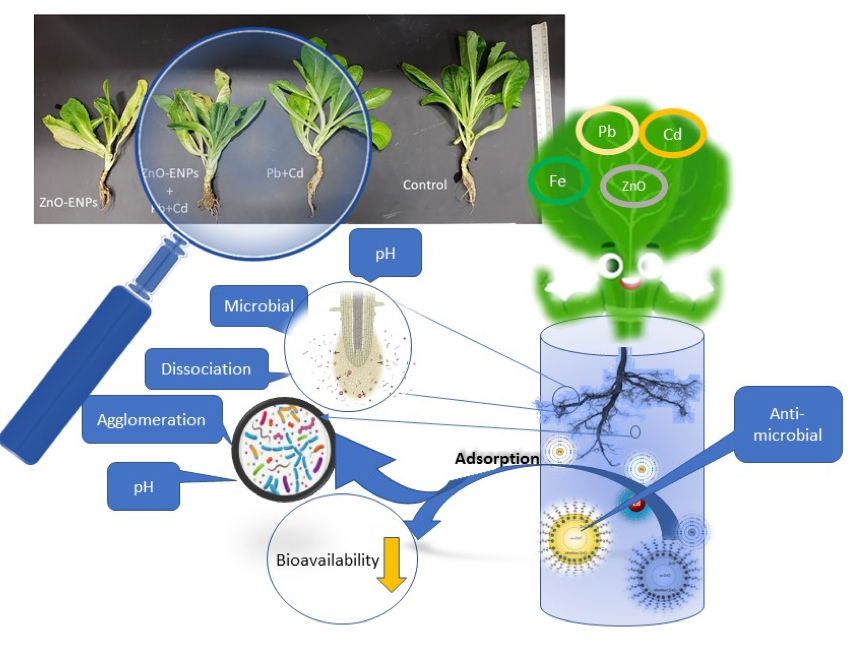Nanotechnology Applications
Nanotechnology advancement into agricultural practice has developed as a revolutionary breakthrough in food science and engineering. Engineered Nanoparticles(ENPs) have found their way in post-harvesting technologies through different applications, including food packaging, nanosensors and many more.
ENPs possess unique properties, such as high surface area and adsorption capacity, smooth operation, and cost-effective production. There is high interest in the use of ENPs towards increasing food safety and agricultural resilience. ENPs can change the precarious state of the toxic metal ions into a stable or safe state and reduce the need for the treatment of contaminated water for agriculture. Also, ENPs can prevent the uptake of heavy metals and enhance the delivery of micronutrient into the edible tissues of the crops.
Recently, ENPs hasshown a high potential to increase the shelf life of fresh foods through their anti-fungal/microbial properties. However, exposure of the human food chain with ENPs may not only be subjected to their intentional application in food engineering but also through the cross-contamination with the agricultural production or atmospheric fallout. Therefore, there is a high demand to investigate the potential impacts of the ENPs on dietary plants. Particularly, leafy greens which currently grow hydroponically as urban vegetables and directly consume by humans.
In our Lab, we apply different cutting-edge analytical techniques to enhance the knowledge on the practical application of a variety of metallic oxide nanoparticles in food safety.

